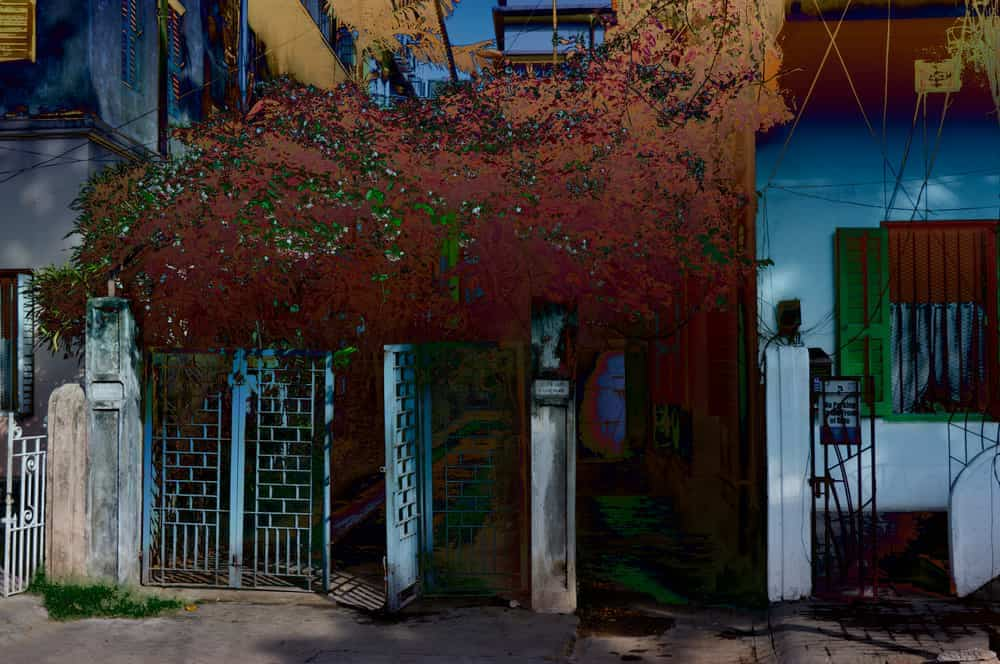#InConversation with Moksha Kumar
By Davangi Pathak | Jun 17 2024 · 10-15 mins
Initially focusing on the effects of brutalism and cubism, Moksha eventually developed an extensive portfolio of digital art. She worked with images she captured while documenting her art history dissertation. These images of Kolkata's houses were digitally altered to uniquely preserve their heritage, as they were soon set to be demolished. Her efforts resulted in a vibrant archive, reflecting a chaotic yet beautiful glitch in time.Through this interaction, we will delve into Moksha's artistic journey and how this project continues to be a focus.
Davangi: How would you describe your practice?
Moksha: My practice reflects a deep search for a sense of belonging, while navigating a complex relationship with personal displacement. As a youngster, moving to many places seemed quite fun until it began to reveal an emptiness in my art. My roots were so varied and diverse that I felt both confused and happy about the potential vibrancy of my practice. However, the downside was that the stability of my visual language became tenuous. After working in the art field for quite some time, I realised that a combined approach would be more effective, allowing me space for extensive experimentation. I envision my work in both digital and conventional forms. I travel and discover sources of inspiration and creativity while maintaining a strong bond with my roots. Currently, I would describe my work as an amalgamation of inspiration and practice. 'Iridescent Domicile,' in a way, combines all these elements - it is both utopian and dystopian in its approach.
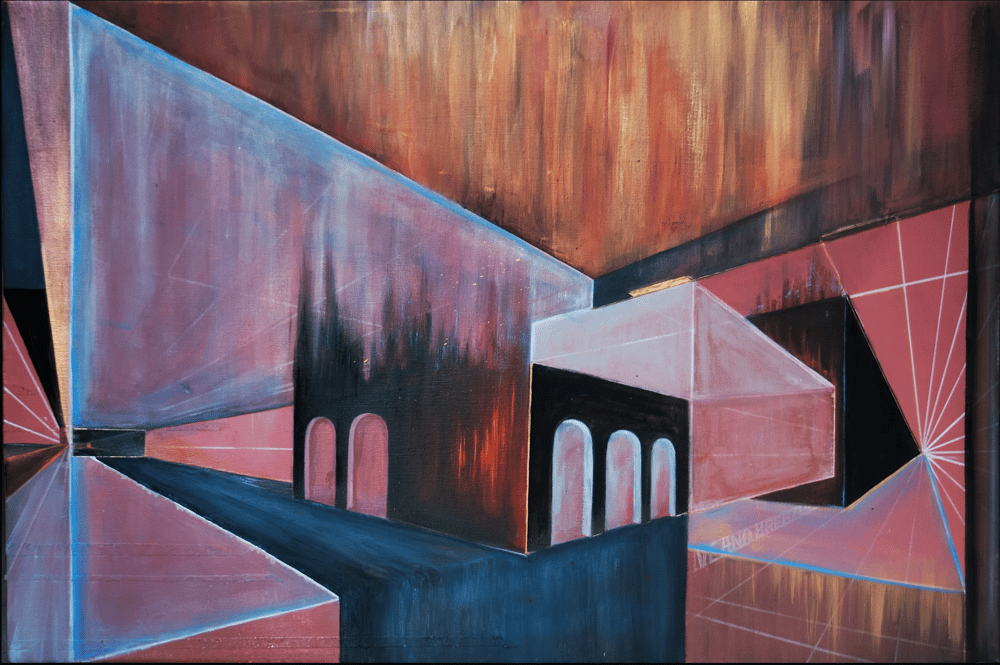

As I Live and Breathe, 2020
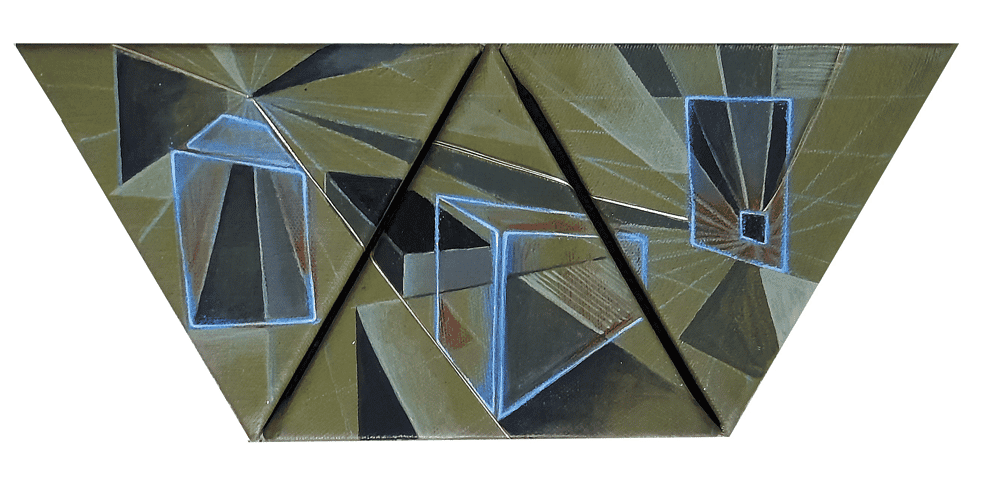

I Still Burn, 2020
Davangi: Can you tell us about your experience while graduating from Pratt Institute? How did it
contribute to building the foundation of your practice?
Moksha: Pratt was both the most rewarding and most difficult period of my journey as an artist. They say that unless clay is fired in a kiln, it cannot stabilise; this perfectly describes my experience. As a budding artist, my professors supported my journey the most, encouraging me to hold on to the style I had already chosen for myself. Graduating from Pratt offered two key things: the chance to explore the world on my own while navigating the difficulties every creative person faces, and the ability to use my educational background as a platform for further opportunities. I had considered staying in New York, but the opportunity was financially out of reach at the time. So, I returned to India, realising I needed to work and recognize the greats in the Indian art field before I could confidently enter it. I worked briefly at Sunaparanta Goa and completed a residency at Space 118, hoping these experiences would help ground my perspective. Fortunately, they did, and I applied for a master's in Art History at M.S.U. Baroda. In building the foundation of my practice, all these experiences have played a massive role.
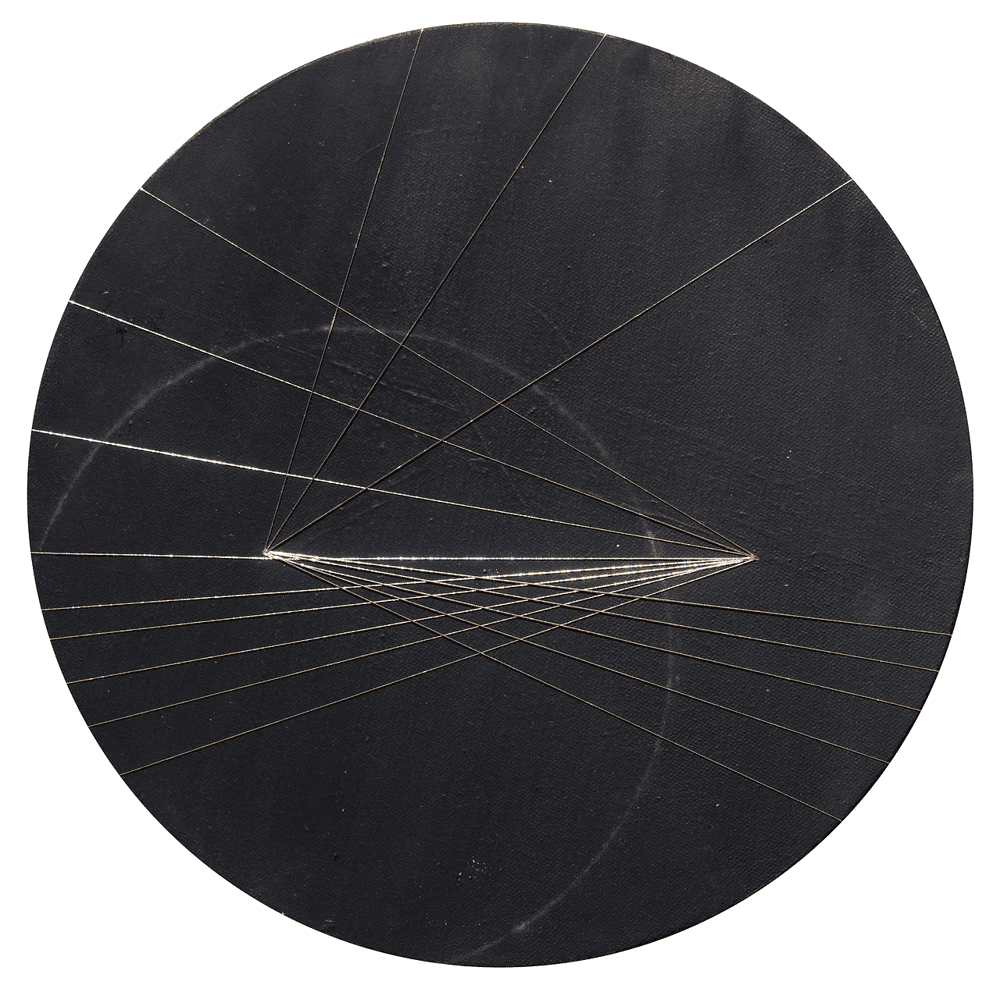

The Great Weaver, 2020
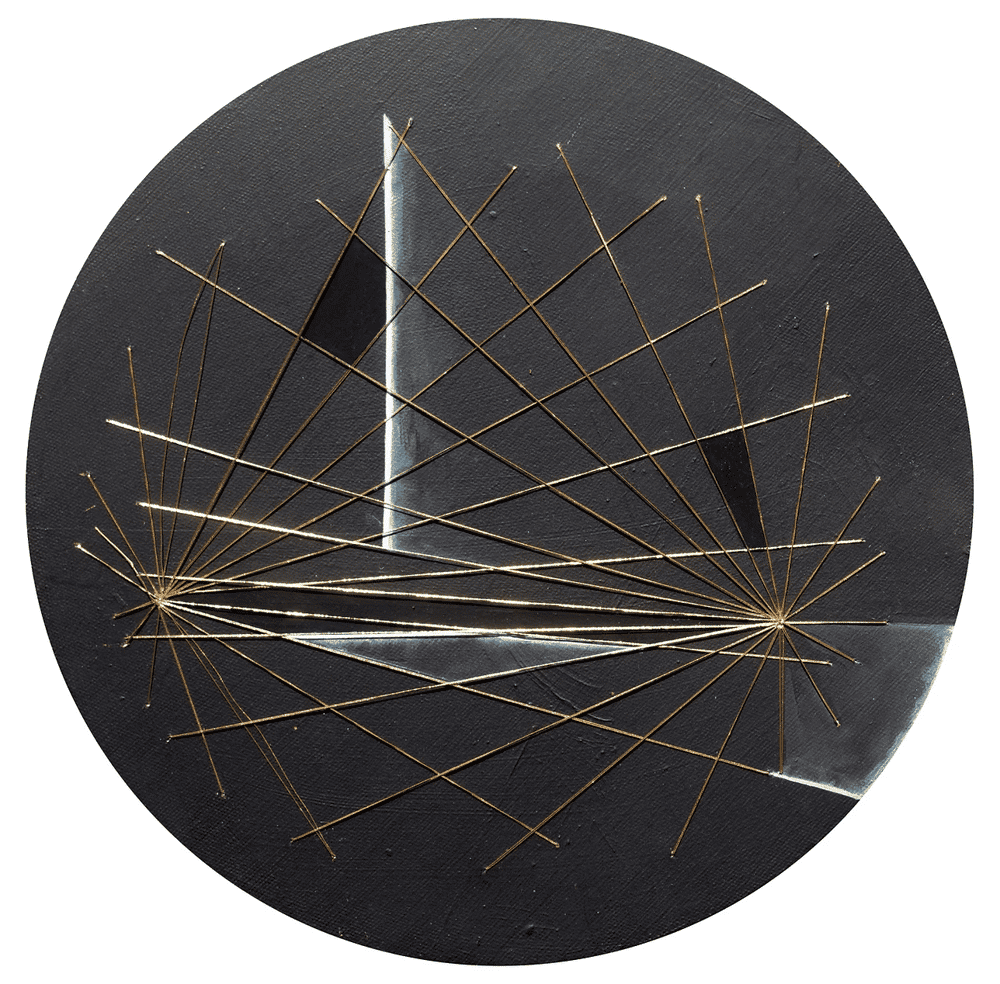

The Great Weaver, 2020
Davangi: The Kolvicto Deco Series was the product of your master’s thesis. How did it begin? Could you tell us more about it?
Moksha: Funnily enough, it wasn't my master's thesis that prompted this project—it was the other way around! My love for the city of Kolkata first inspired me to document its disappearing neighbourhoods and houses, which eventually became the focus of my thesis. It was an incredible experience to document these structures and ruins, observing their beauty up close. This project began with a desperate need to archive these buildings through my images, knowing I didn't have the resources to save the structures themselves.
Davangi: Are there any artists, their methodologies, or aspects of their lives that serve as inspiration for you?
Moksha: NFN Kalyan is a true inspiration to me and an incredible person to communicate with. Paul Trillo is a videographer whose work "Until There Was Nothing," which envisions a black hole swallowing the Earth, caught my attention. To me, the idea of infinity consuming everything is more calming than alarming! I see ruins as more beautiful than perfect structures. In India, the woven brilliance of Akshata Mokashi has captivated me so much that I even considered weaving as a medium. I could go on mentioning many inspiring artists, such as Varunika Saraf, Pranay Dutta, and Kumaresan Selvaraj. I admire how the Indian art market has grown, and it is challenging to stick to just one medium when so many fantastic visual practitioners are pushing the boundaries of what it means to be an artist today.
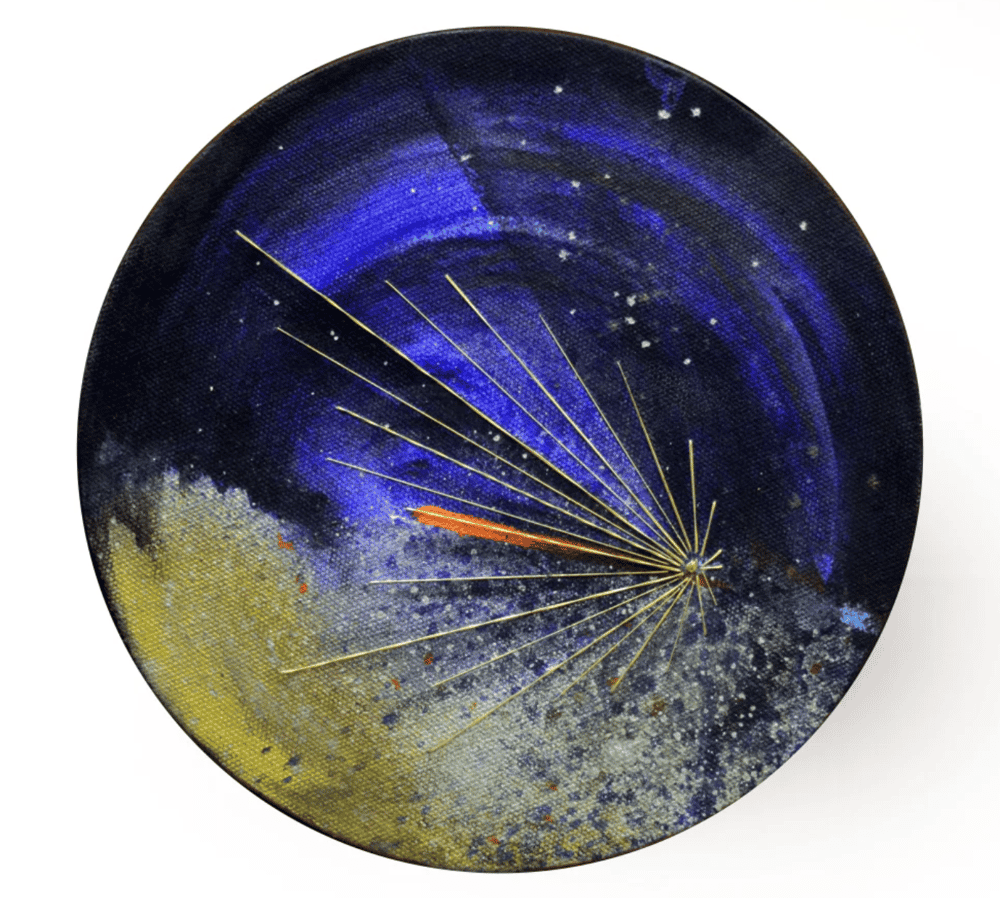

Triumph I, 2020
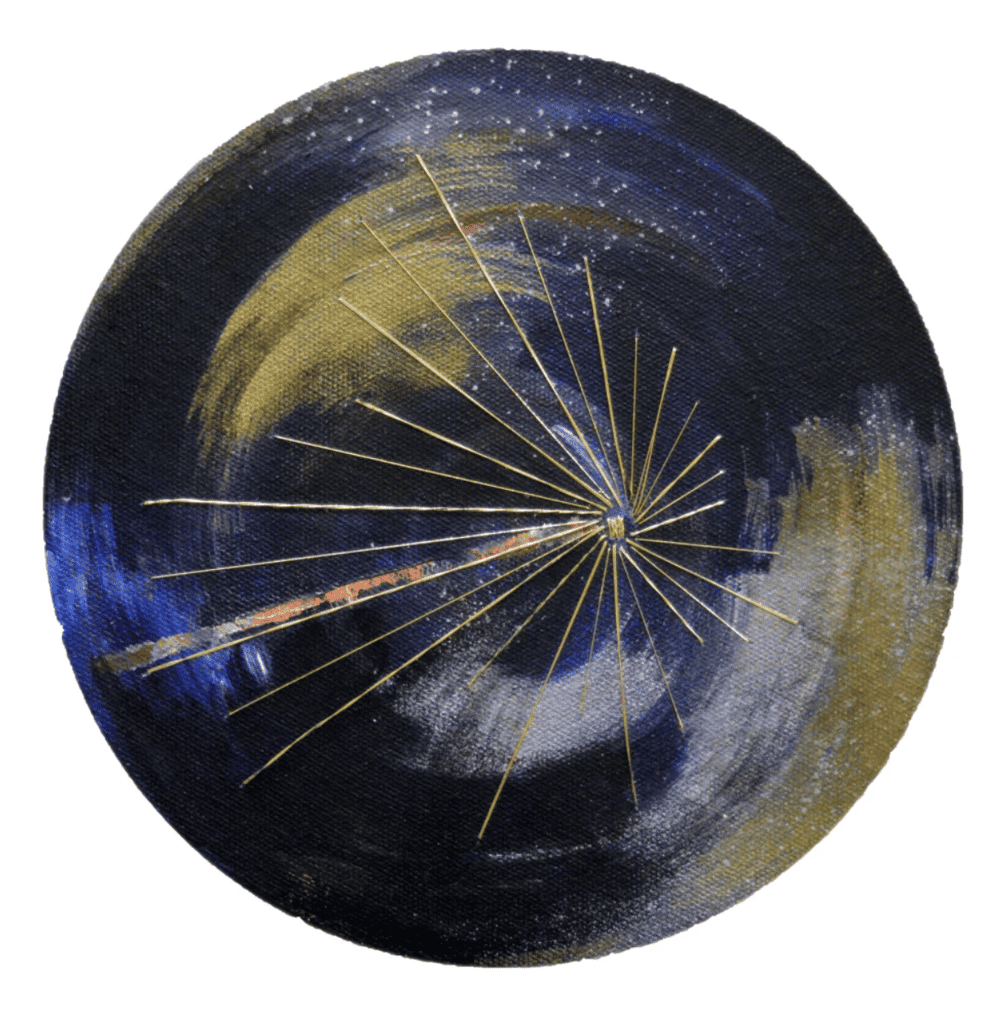

Triumph II, 2020
Davangi: In your series Iridescent Domicile, why did you choose iridescence as a conceptual
element?
Moksha: I find iridescence to be ephemeral and incredibly fragile. If you observe the iridescence of fabric, much of it is found in Indian textiles, whether through zari or the woven threads themselves. In my work, I reflect that delicate aspect by weaving the ruins of buildings with iridescent tones. The blue-purple iridescence found in butterflies reminds me that the dream-like aspect of reality need not be lost but can be discovered uniquely. These structures, set to be demolished, are akin to butterflies with their brief lives—it's this temporariness that gives them a dream-like beauty. I envision these structures as multicoloured, iridescent dreams that, while temporary, are wonderful to behold. This approach revives the dystopian urban landscape in a new and captivating way.
Davangi: What factors do you consider when selecting colour palettes for your digital works?
Moksha: Often, it is my research that drives my interest in a particular palette or theme. Additionally, open calls for artists sometimes inspire me to approach my practice in unique ways. I am grateful for the variety of perspectives in the Indian art scene, which allows any artist to view their work through a different lens each time. I have been fortunate to be considered for the India Art Fair's Digital Artists in Residence program, which gave me the opportunity to reinterpret my series in a completely new way. For me, discovering new palettes is a combination of research, effort, and imagination.
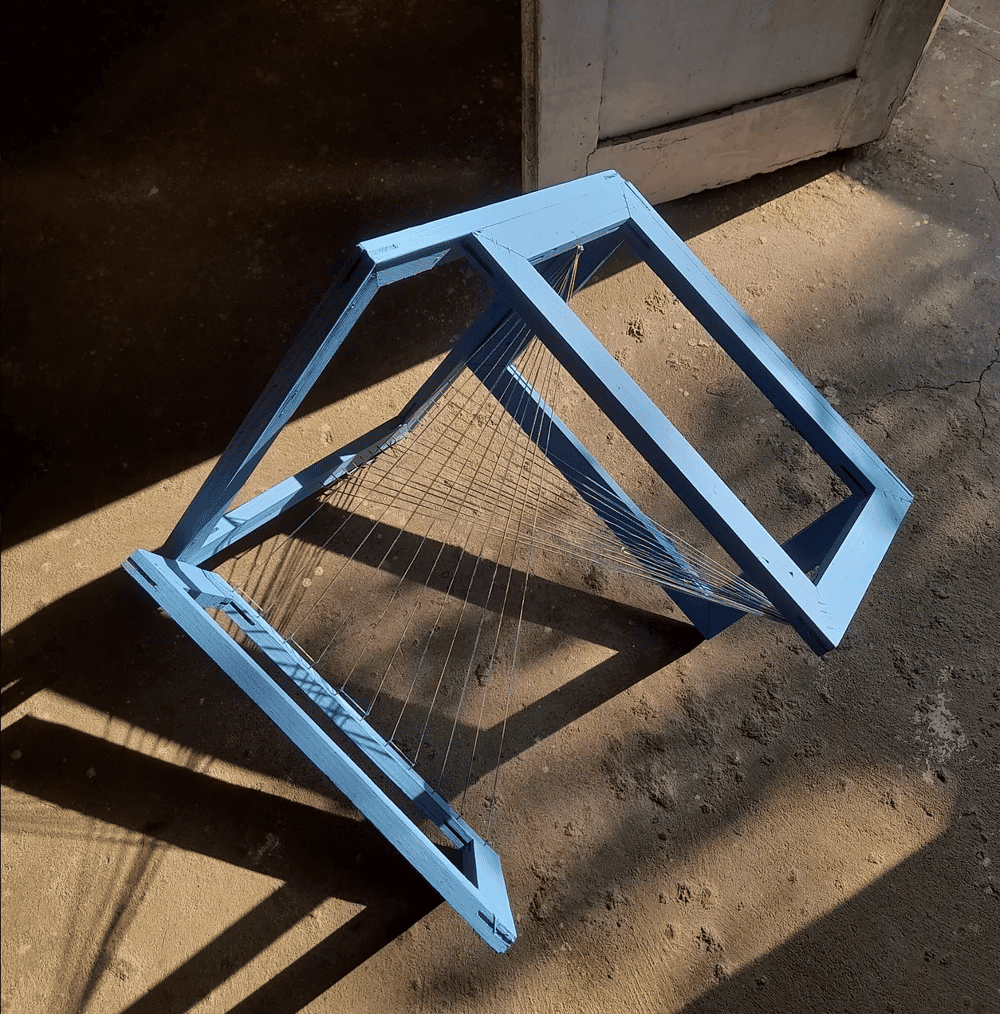

Powder blue dream, 2021
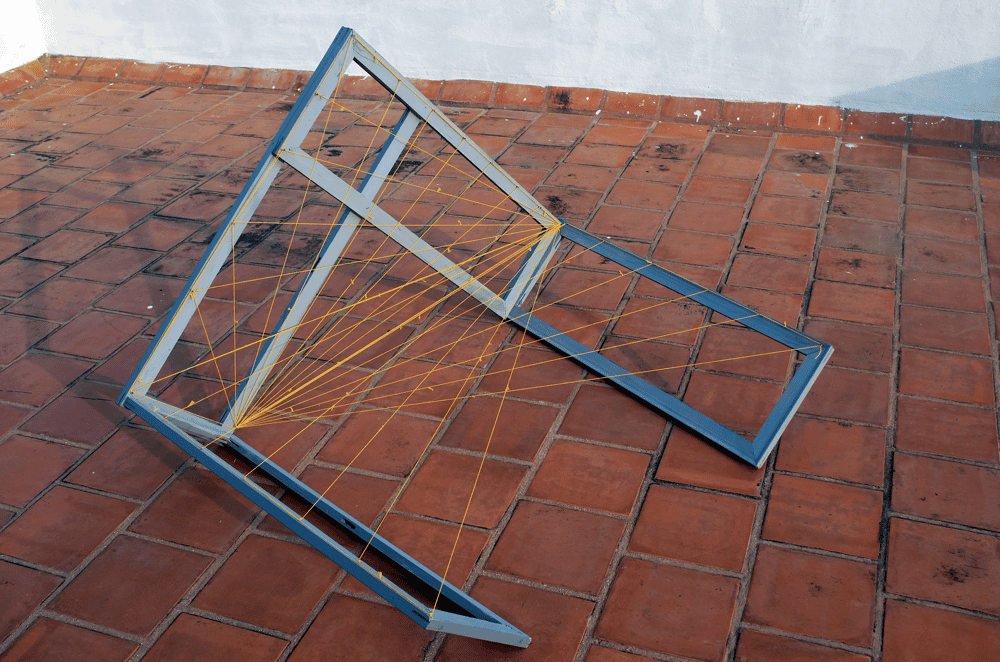

Space moves, 2021
Davangi: What do you take into consideration when archiving images?
Moksha: This was the first set of images I felt an urgent need to archive. No one else seemed to be capturing these houses or recording their beauty with the intent to preserve them (at least to my knowledge). I even visited government offices searching for the blueprints of the houses to aid my research, but I was told they no longer exist and might be lost to time. Through no one's fault, a specific part of history was slowly but surely being erased, and to me, that was an alarm. I wanted to preserve the memory however I could, so I used my dissertation to classify the elements of each house. Initially, I called them 'Kolvicto Deco' because they were not just Art Deco but a curious mix of European styles and influences. Although it may be just me working on these images digitally, I am confident many people resonate with them. I displayed a few of these works at World Art Dubai 2019, and many viewers related the houses to those in Cuba or even Spain! The fact that the archival images held geographic and global relevance is what kept me going.
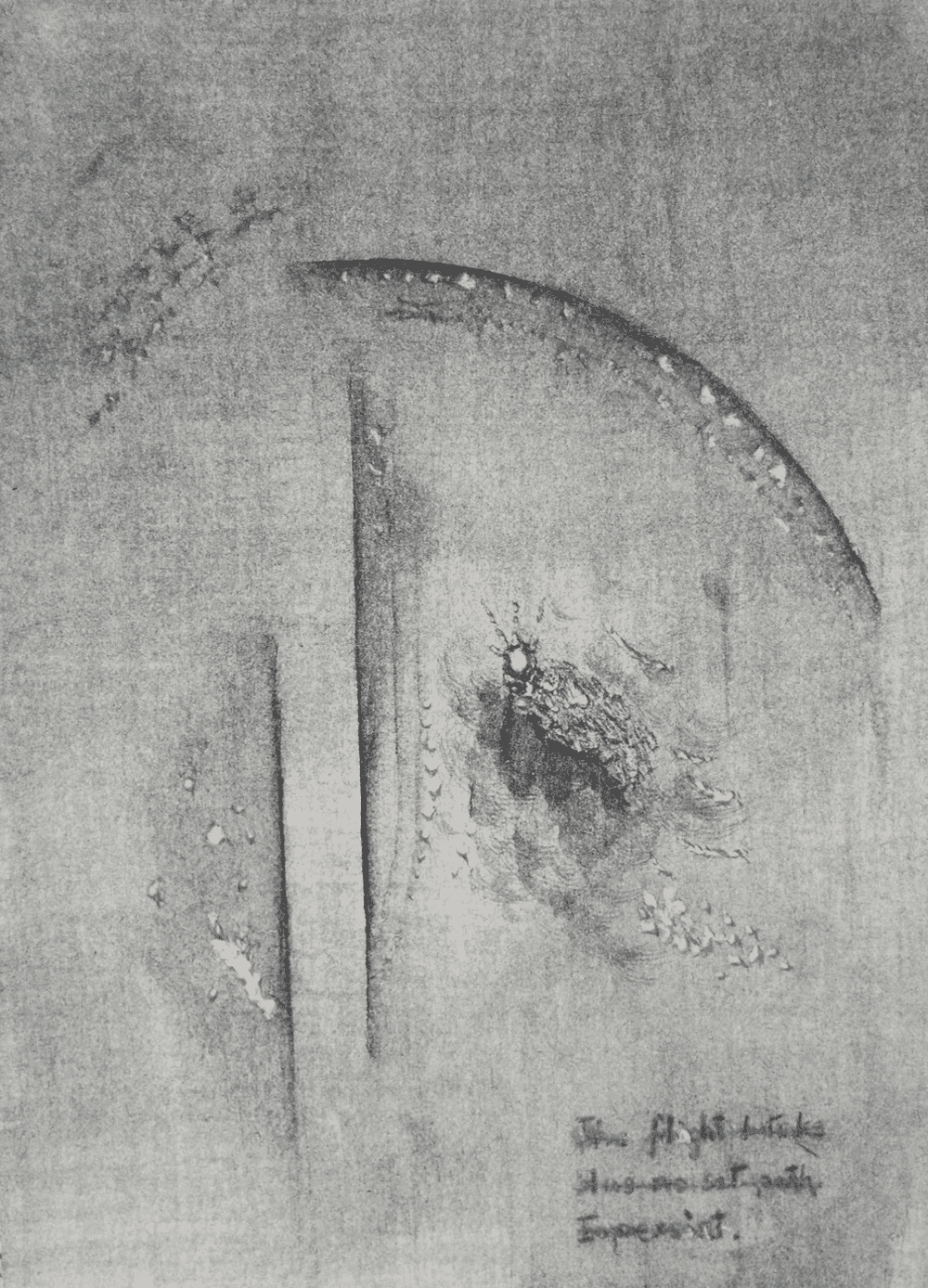

Flown, 2022
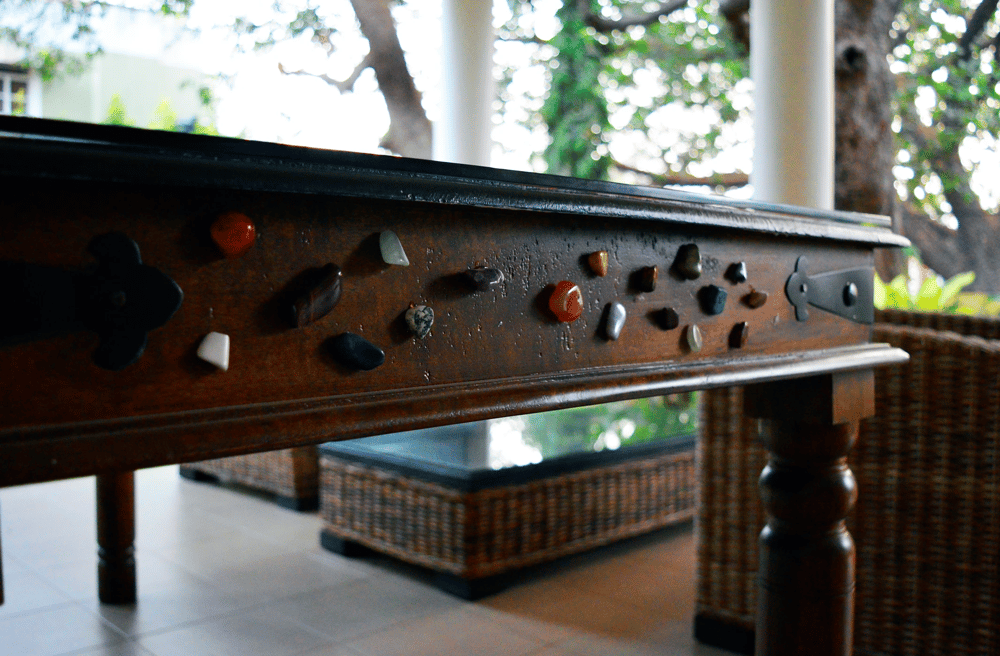

Asteroid Belt, The Universe at Home series, 2021
Davangi: Would you like to discuss any upcoming projects? Do you plan to experiment with
different mediums in your future work?
Moksha: That's an interesting question! I often feel my varied expressions make it hard to pin down a single theme. Currently, I am working on a wonderful mythological series, reinterpreting our homegrown stories in a contemporary manner. I hope that my work on houses reflects something similar as my experimentation evolves.
Click here to view Moksha's Online Viewing Room and learn more about her practice.

